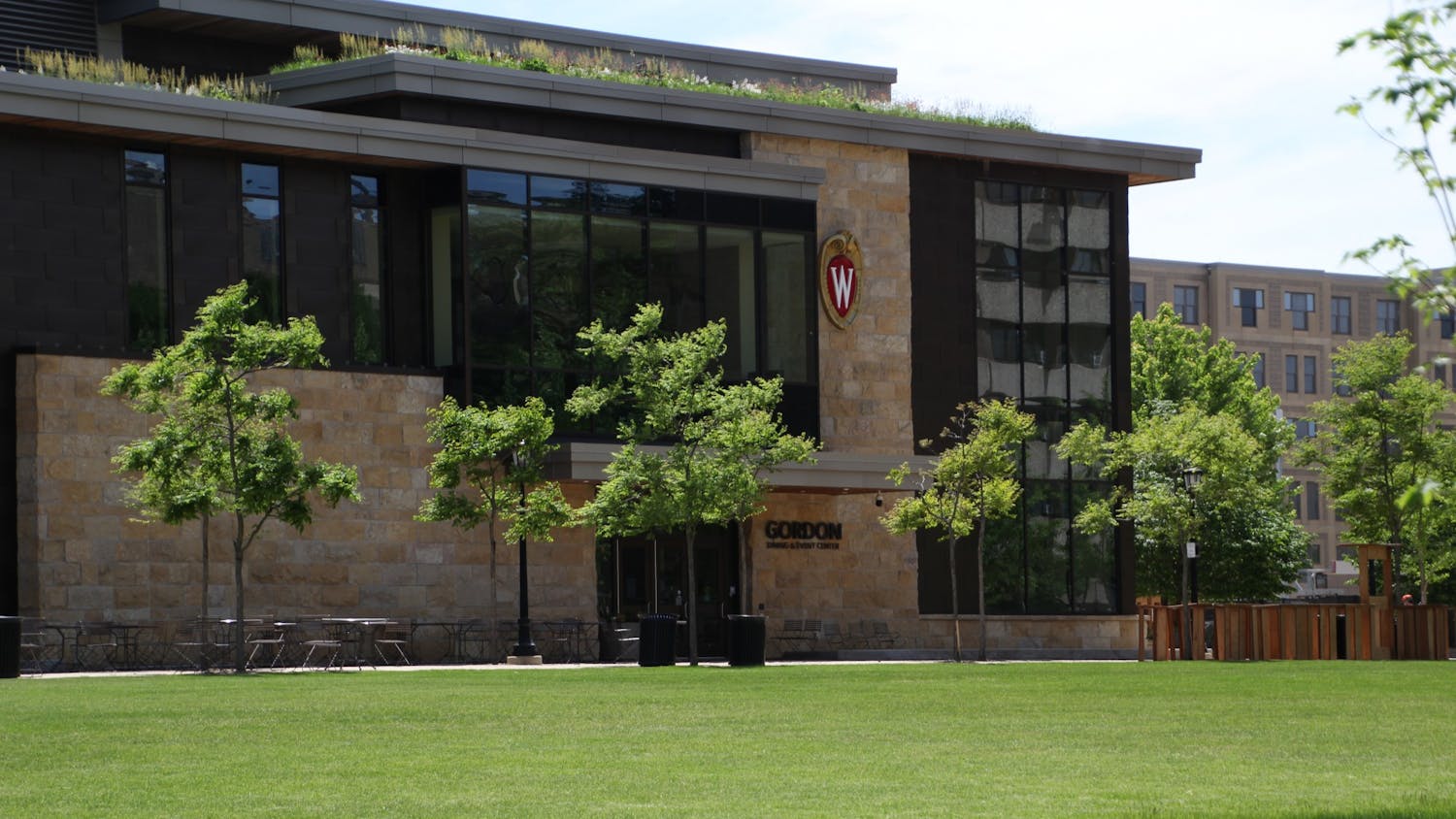SCIENCE
These are not the magnets your mom used to hang your homework on the refrigerator.
When wondering what goes on in the basement of UW-Madison’s science buildings, a few possibilities come to mind: Discarded lab gear? Experiments gone awry? A professors-only fight club?
In the Biochemistry Addition building, what’s lurking down below turns out to be highly beneficial to research across the country and to the university’s research reputation. It also makes use of some of the largest magnets in the world.
Most UW-Madison students are probably unaware of the multimillion-dollar resource housed in the lowest floors of Biochemistry. However, the National Magnetic Resonance Facility at Madison (NMRFAM) is a vital component of local and national science.
Data collected at NMRFAM has been used to understand molecules important to many biological processes and diseases. In 2008, the facility even helped to resolve a worldwide contamination of the blood anticoagulant, heparin, that affected nearly 1000 people in the United States alone, according to the Food and Drug Administration.
NMRFAM was established at UW-Madison in 1985 and is fully funded by a $10 million grant from the National Institutes of Health. It now houses 11 machines used by researchers in 24 states and four other countries. More than 80 researchers on the UW-Madison campus alone have used the facility in the last year.
The technique is known as nuclear magnetic resonance (NMR) spectroscopy and requires extremely strong magnets. So how does it work?
You’re probably familiar with magnetic resonance imaging, or MRI, which is derived from NMR. Scientists and doctors just took the ‘nuclear’ out of the MRI title to avoid undo fears of nuclear radiation. Actually, neither technique uses radiation at all. Instead, NMR talks to the nuclei of atoms using radio waves.
When molecules are placed in a strong magnetic field, each atom’s nucleus aligns with the magnetic field. When aligned nuclei are hit with a radio wave, they emit a new radio signal back.
“It’s as if each atom in a molecule has become a unique radio station,” explains Dr. Larry Clos, II, research associate at NMRFAM. By listening to the radio stations broadcast by every atom, NMR scientists can determine details of molecular structure.
For MRI scans, this information is used to construct an image of tissues and organs. However, the details of molecular structure revealed by NMR require much stronger magnets than those in MRI machines.
Most MRI magnets are as strong 0.2 to 1.5 tesla—a tesla is a unit of magnetic strength named for scientist Nikola Tesla in the 1960s. The NMR magnets at NMRFAM are as strong as 21 tesla, equal to about 4200 refrigerator magnets or 680,000 times the magnetic field of earth.
So how are such strong magnetic fields generated? Magnets in NMR machines are made of metals that become superconducting magnets when cooled to extremely low temperatures. A thermos-like design and cryogenic liquids keeps the temperature of each NMR magnet at only four degrees above absolute zero (that’s -452 degrees Fahrenheit).
The machines at the UW-Madison facility, in combination with many smaller NMR machines scattered about UW science labs, have secured the university’s standing as an internationally ranked site for NMR resources and research.
The facility certainly serves as a significant contributor to UW-Madison’s reputation as a major research university. Multiple UW-Madison labs have built strong reputations for specializing in NMR methods. These labs draw significant funding, international collaborations and top scientific minds to the university.
Perhaps best of all, NMRFAM’s reputation and its benefits to UW-Madison are achieved without any expense to the university itself. In fact, 40 percent of the grant that funds NMRFAM goes directly to university resources. The remaining funds and user fees cover personnel and operating costs.
There are a variety of resources like NMRFAM concealed in the science buildings of the UW-Madison campus. Most students will never realize how much the quality of their degrees benefits from these facilities.






